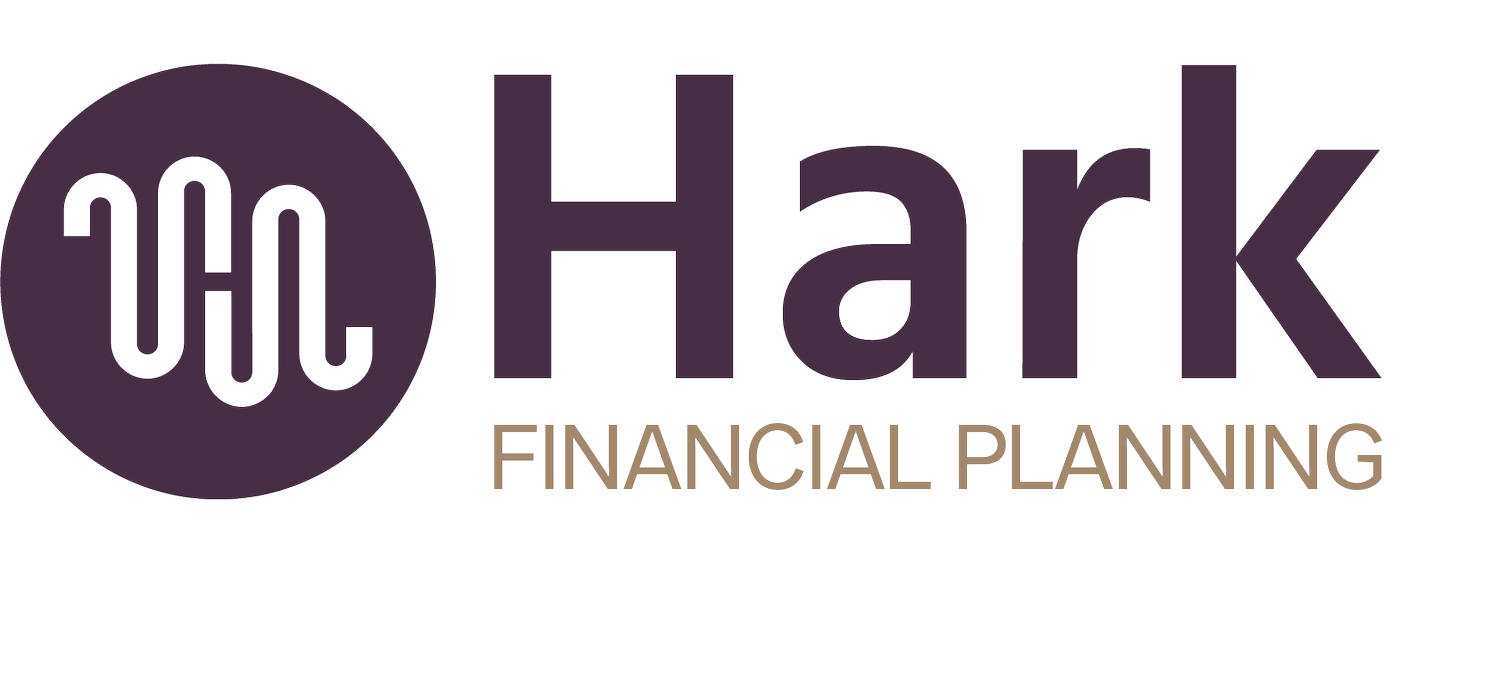Extended Tax Deadline Coming Up? Here's What to Review Before You Hit Submit
If you requested a tax extension earlier this year, the final deadline to file your 2024 return is October 15, 2025. And while it may feel like “just paperwork,” this is your last chance to review, optimize, and avoid costly mistakes.
For law-firm partners, business owners, and high-income professionals, this return often includes more complexity than a standard W-2 filing. Making sure K-1s, backdoor Roths, multiple income sources, and late-arriving documents are in order is a chore.
However, October is your moment to tie it all together. Before you hit submit, here’s what to review and what you actually might be able to improve.
Why Many High-Income Professionals File on Extension
If your income comes from a law firm partnership, an S-corp, or self-employment, there’s a good chance you didn’t receive all your tax documents until well after April. K-1s, corrected 1099s, and investment statements often arrive late and filing an extension is often the most responsible move when accuracy matters.
But an extension doesn’t extend your payment deadline, it just gives you more time to file the paperwork. If you underestimated your tax liability in April, now is your chance to get things right and avoid additional penalties or interest.
Key Things to Review Before You File
Whether you’re working with a tax professional or preparing your return independently, make sure these boxes are checked before submitting:
Did you report all income, including K-1s, backdoor Roth conversions, and investment distributions? It’s common for high-income filers to have multiple sources of income that arrive on different timelines. Now’s the time to make sure it’s all captured.
Did you make all necessary retirement contributions? Depending on your business structure, you may still be eligible to make SEP IRA or solo 401(k) contributions before filing your return. This can reduce your 2024 taxable income—but only if contributions are made before your return is filed.
Did you pay enough in estimated taxes? If you underpaid in 2024 you can for make a plan for a better 2025. A tax professional can help calculate safe-harbor thresholds and adjust your strategy.
Have you captured all possible deductions and credits? If you’re self-employed or run your own firm, don’t overlook business expenses, home office deductions, HSA contributions, or charitable gifts made last year. These can make a meaningful difference in your final liability.
If you review these factors, you can have more peace of mind your return is in order and you are getting the most advantageous.
Why This Matters for Q4 Planning
Your October tax return doesn’t just close the books on 2024, it informs what you do for the rest of 2025. Once your return is finalized, it becomes much easier to:
Refine estimated taxes for Q4 and early 2026
Adjust cash flow from business or firm distributions
Maximize 2025 contributions to retirement, 529s, or donor-advised funds
Start planning for year-end bonuses or charitable giving
So filing now gives you clarity and enough runway to make strategic moves before December 31.
File with Confidence
If you filed an extension, don’t wait until October 15 to take action. Filing your extended return now gives you time to review, optimize, and plan with confidence.
At Hark Financial Planning, we help busy professionals align their tax filings with their bigger picture so you’re not just complying with deadlines, but using them as springboards for better financial decisions.

